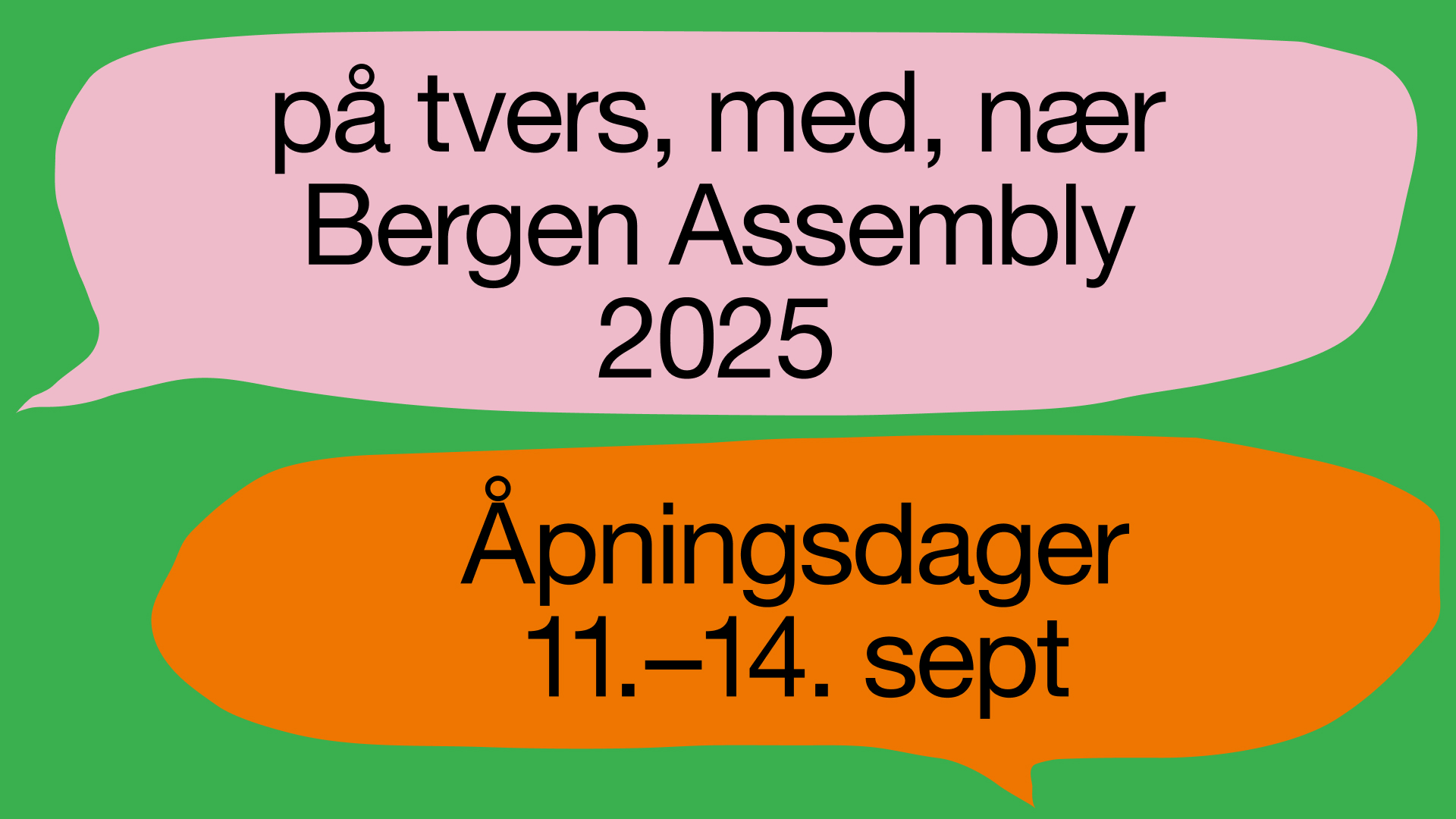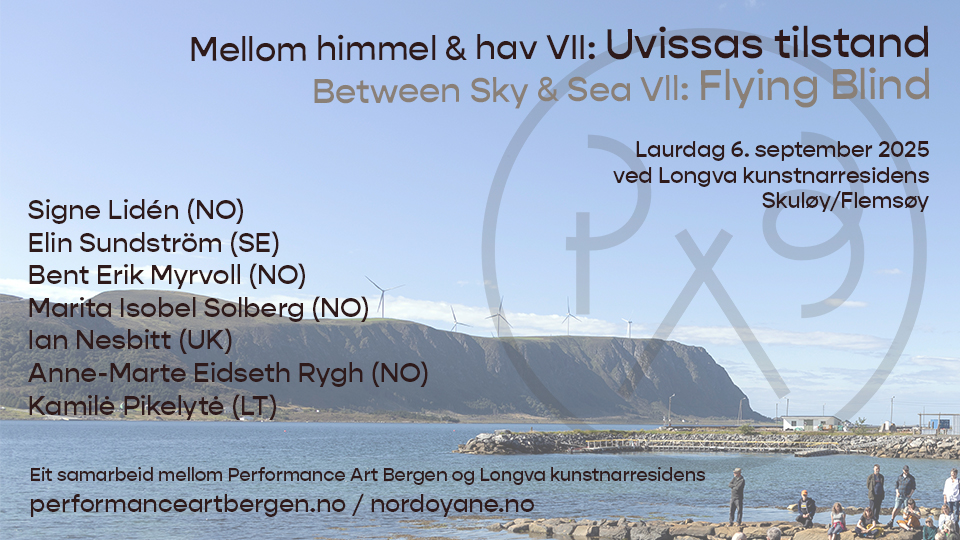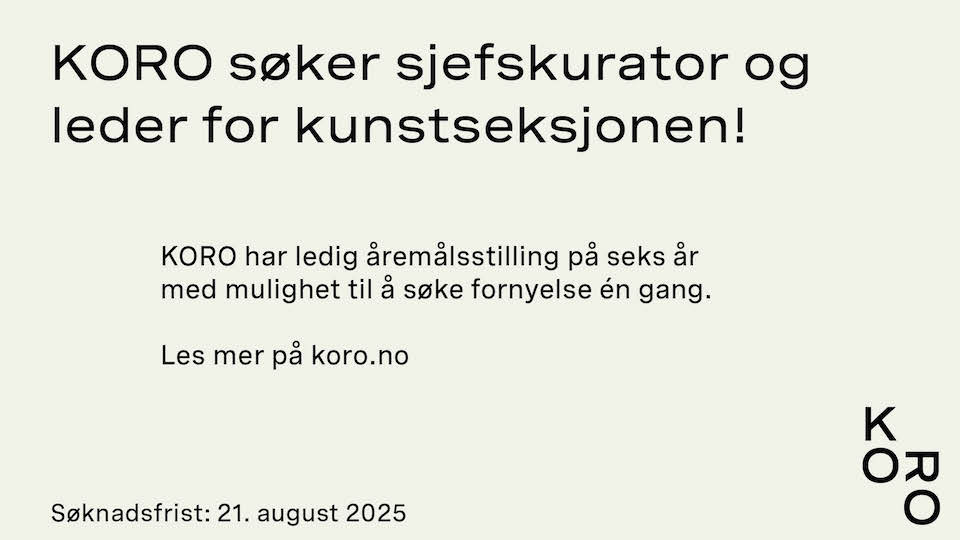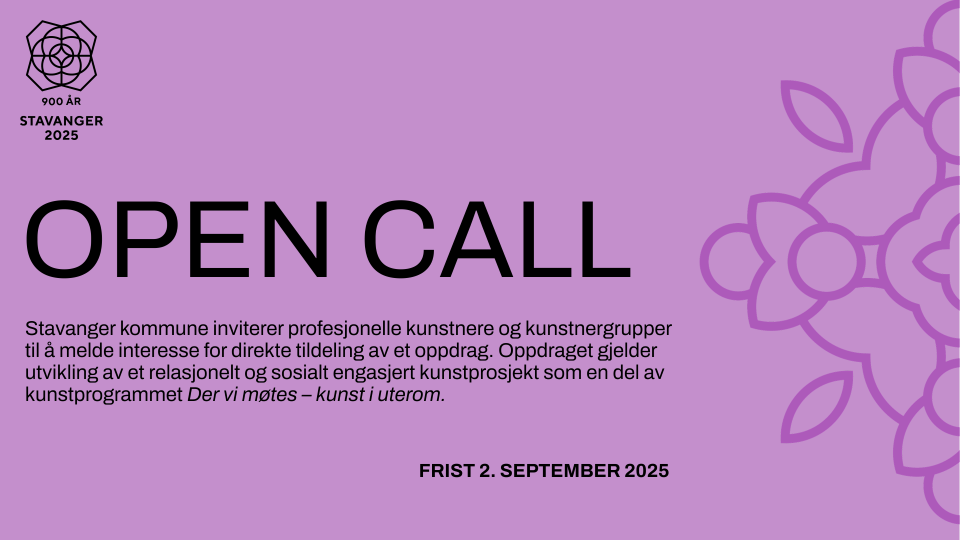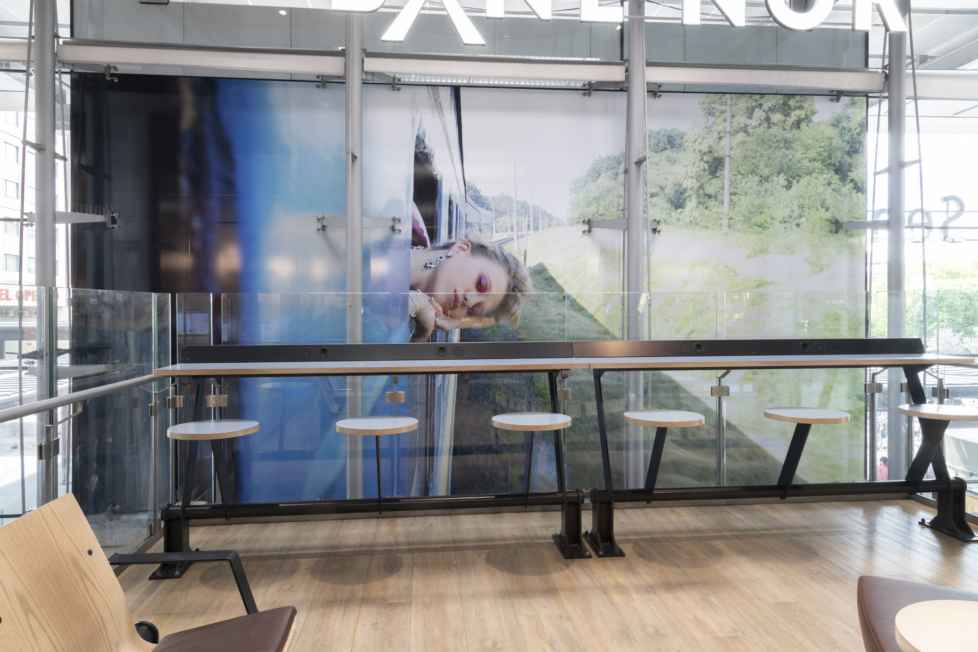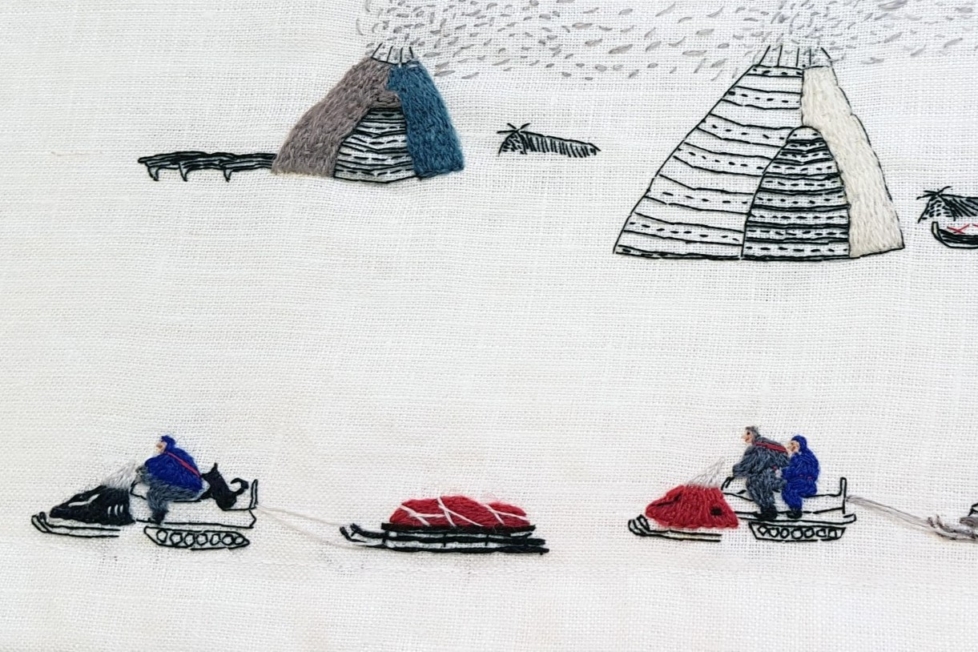
In his comment yesterday entitled “A monument to Anders Behring Breivik” Farhad Kalantary criticises KORO for the composition of the art committee for the 22 July memorial sites. Kalantary has conducted an analysis of a group photograph of the committee and concludes that the composition of the picture – which comprises the seven members of the committee – demonstrates the same “white” ideology as that which Behring Breivik represents.
This criticism affects KORO as institution, and the members of the committee. KORO therefore finds it necessary to explain the way in which the committee is appointed, and the procedures behind the selection of its members.
In the letter of assignment from the Ministry of Culture the following is stated: “The art committee and the composition of the jury shall follow the guidelines for similar cases, but AUF, the National Support Group for 22 July, and a representative appointed by the government shall also be members of the committee.” In addition KORO appointed two art consultants, and the committee was further complemented by an architect and a representative from Statsbygg.
The architect and the two art consultants were selected by KORO. Whereas the architect was appointed directly, KORO has a register of consultants through which all our consulting assignments are advertised. Given the very special nature of this particular assignment, the wide public interest and the challenges to be faced, it was decided to advertise the assignment in the weekly newspaper Morgenbladet as well. This was done to ensure an open process and a wider range of applicants.
The government appointed its own representative. The central administration of AUF and the National Support Group were contacted by KORO and asked to nominate candidates for the committee. Even though KORO is formally responsible for appointing the members of the committee, KORO did not influence the organisations’ choice of candidates nor did it overrule their nomination. A similar procedure was followed in the appointment of Statsbygg’s representative.
KORO is very satisfied with all appointments to the committee. The result is a group of people with the best prerequisite qualities for carrying out the challenging task of establishing the memorial sites.
Kalantary is correct in his observation that this is a “white” committee, a fact that is unfortunately more of a rule than an exception among our various committees. In this respect KORO shares Kalantary’s misgivings, and we continue to strive to achieve cultural diversity in all of our work. This is because cultural diversity reflects more accurately the human resources that represent our society today. A vision of diversity is, however, not enough, and KORO must continue to work towards this goal.
KORO, Kari Richardson, Acting Director and Mari Aarre, Senior Consultant
